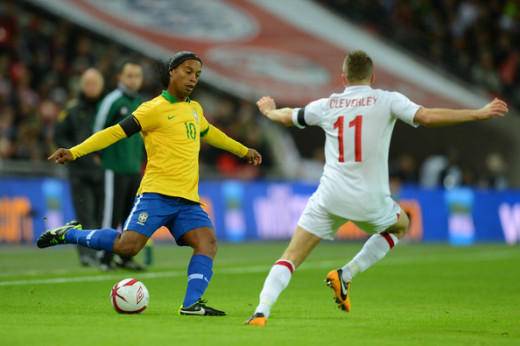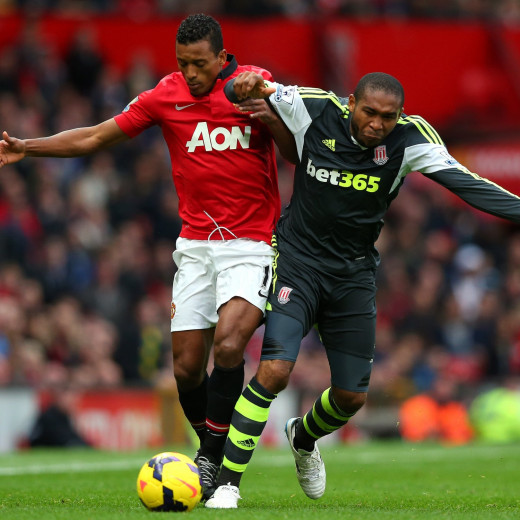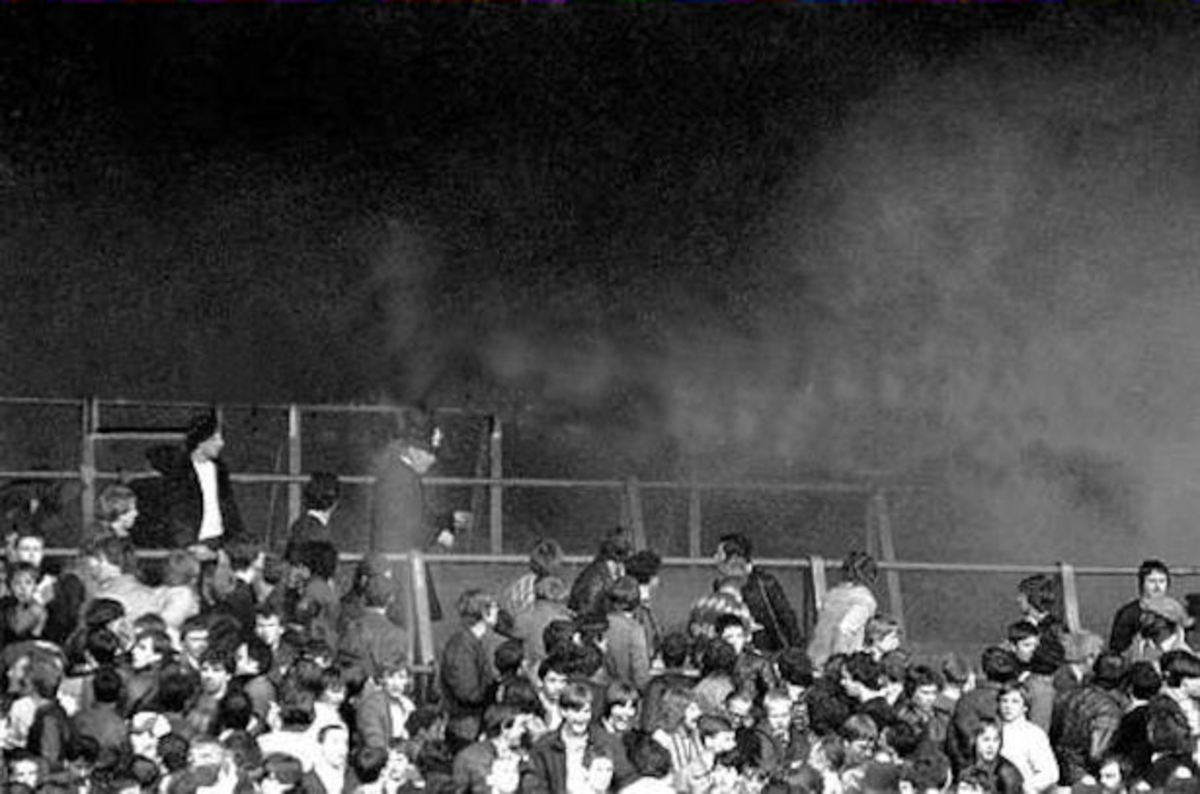How to Play Outside Midfield

Playing outside midfield requires you to have great discipline and stamina. In the traditional 4-4-2 system outside midfielders play in a more reserved role than the 4-3-3 system's wingers. Unlike a winger, outside midfielders traditionally are responsible for defending the other team's outside midfielder. This more defensive position has to be countered with powerful build up play, good horizontal ball movement, and usually a good crossing game. Outside midfielders should spend almost all of their time on offense standing on the edge of the pitch open to the field. Opening up play with your positioning and ball movement is the key to making use of this system. In a 4-4-2 the outside midfielders are often the ones playing the through balls up the line or over the top to a breaking forward. Since the outside midfielder is has more defensive responsibilities than a winger their play is naturally more support oriented: delivering crosses, developing build up play, making supporting runs off the forwards. Outside midfield is a position that requires you to be incredibly balanced, you have to make sure that you have an impact on both sides of the ball without becoming lost defending or attacking.

Offense
Playing in a system utilizing midfielders requires a lot of passing and possession. The 4-4-2 is a much more defensive system than the attacking 4-3-3 and the extra numbers spent out wide and on defence need to be spent wisely. Using outside midfielders means that you are usually understaffed in the center of the pitch with only two central midfielders. Considering you only have two forwards in this system players have to utilize the added numbers out wide. Horizontal ball movement to change the point of attack is key, and these switches require the outside midfielders to be active distributors impacting the game. Playing as an outside midfielder requires that you be great at crossing the ball. Using the wide numbers advantage down the wings is how you can be most dangerous from this position. Dribbling the ball down the wing is always a good way to attack since any tackle takes the ball out of bounds, and teams are hesitant to commit numbers away from the center of the field. Winning corners is just as useful as delivering a dangerous cross, so taking people on in the final third near the corner flag is usually a way to create chances. Crossing themselves should be delivered with an understanding by the forwards. Usually routes are rehearsed with both outside midfielders and forwards at practice so that crosses can be delivered to set locations. Usually back post, front post, and the penalty spot are used as reference points for a coordinated attack on a crossed ball. Crossed balls can either be chipped, driven, or played hard on the ground depending on the situation. Usually if there is a good opportunity to play the ball in hard on the ground, it is preferred since it is easier to score from a ball on the ground while also making it difficult for the keeper to get their gloves on the ball. As an outside midfielder build up play, crossing, and low risk excursions down the sideline are the smartest ways to attack since you have serious defensive responsibilities and can't be caught up.

Defense
On defense outside midfielders are tasked with handling the opposing outside midfielder while also interrupting passes to forwards. Occasionally outside midfielders have to step centrally to help mark center midfielders if their outside back assumes responsibility for the opposing outside midfielder. When on attack outside midfielders should almost always be within a yard of the sideline. On defense outside midfielders need to be much further infield in a position marking the other teams outside midfielder while offering support to the near side center midfielder. Outside backs have the responsibility to communicate to the outside midfielder, passing on players and giving important calls. In an ideal system outside backs offer outside cover to the outside midfielder and there is often a lot of overlapping and role reversal between these two position. Many times during a game the two players have to be reversible. Outside backs have a license to attack, and with the proper communication overlapping runs can open up space and be very effective. When an outside midfielder is on the strong side they should be closer to the sideline shutting down the opposing outside midfielder. On the weak side, the outside midfielder has to step centrally and backwards into a more supporting role. As long as an outside midfielder doesn't get beat or swept out of position they have done their job.
- How to Play Outside Midfield
An instructional guide covering how to play outside midfield on offense and defense. Playing outside mid is a test of stamina and concentration for any soccer or football player. - How to Play Defensive Midfield
An intructional guide covering how to play defensive midfield on offence and defense - How to Play Winger
An intructional guide covering how to play outside back on offense and defense - How to Play Center Back
An intructional guide covering how to play center back on offense and defense - How to Play Outside Back
An intructional guide covering how to play outside back on offence and defense




![Nike Hypervenom Phantom III DF FG Cleats [White] (11)](https://m.media-amazon.com/images/I/512tlCGNpCL._SL160_.jpg)


